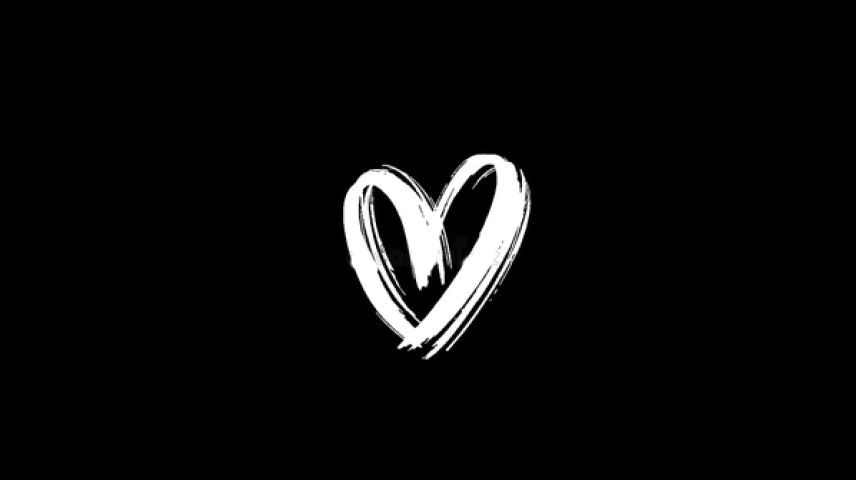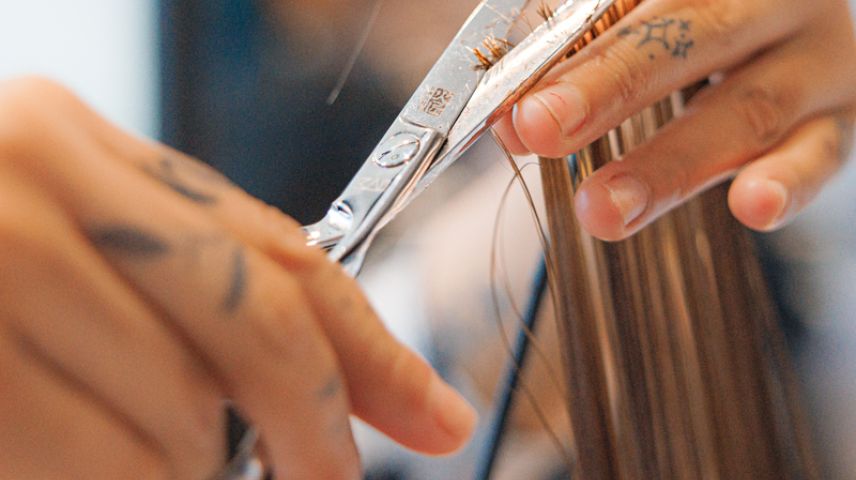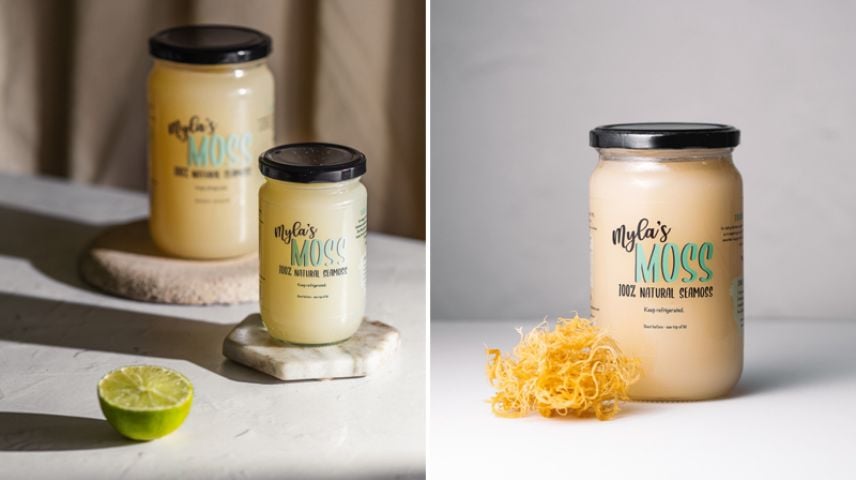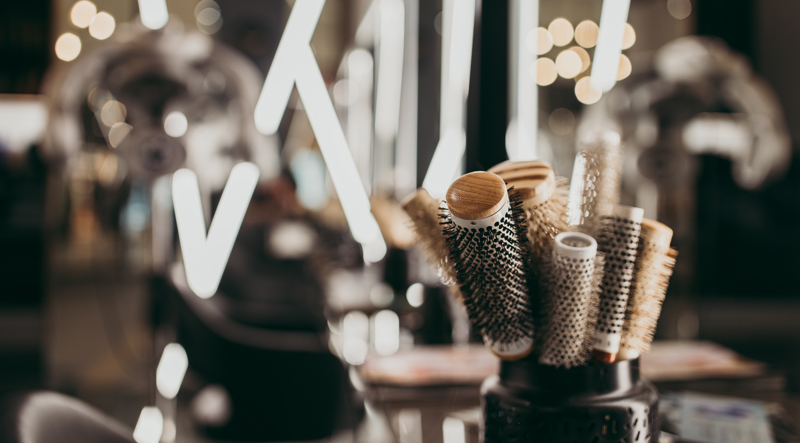How to Clean your Hair and Beauty Tools
Cleaning your tools is just as important as the job these little companions of ours carry out daily for us.
Not cleaning your hair and beauty brushes, sponges, electricals etc. can put you at risk of irritations and infections. The dirt and residue build-up on your hair and skin also accumulates on your tools, and so not cleaning your tools almost makes the work performed by them useless, as you are reintroducing dirt and grime back onto your hair and skin!
See below for our top tips on how to clean your tools properly…
Makeup Sponges
- Run the sponge under warm water soaking it fully.
- Use a few drops of mild soap, makeup cleanser, or gentle shampoo and work built up product out of the sponge. Repeat this step a few times if necessary.
- Rinse the sponge until the water runs clear, squeezing out all the soap suds throughout the process.
- Wring out excess water and pat dry. Allow the sponge to air dry, or if you prefer to use it damp, go ahead and put it to work.
- Clean your sponges on a regular basis – every 3 to 4 uses, or as soon as it looks a little clogged with makeup. Rinsing your sponges with warm water after each use also helps to keep bacteria at bay, as sponges can become filled with skin cells, and bacteria can overgrow!
- If your sponge is never left to dry, it may have begun to grow mould. If you suspect this may be the case, it is often safer to discard the sponge immediately.
- Remember, regular makeup sponges (the inexpensive kind that come in bulk bags) aren't meant to be reused! Microbial-resistant sponges like Beautyblenders, on the other hand, are meant to be reused and can be safely used for three to four months.
Makeup Brushes
- Rinse the bristles under water. You want to avoid running water directly into the base of the brush, which can weaken the glue and shorten the lifespan of your brush.
- Using a brush cleanser or a gentle shampoo, work a small amount into the bristles. Lather, rinse, and repeat until the water runs clear.
- Press a towel into the bristles to soak up excess water. Reshape the bristles and then lay the brush flat on a towel overnight to dry.
- Clean your brushes every week to keep the bacteria away from your makeup and off your skin. Because these brushes are used on your face, the cleaner they are the better. You can be a little more lenient with eye shadow and liner brushes, however brushes that are used around the eyes should be cleaned at least twice a month. If your brushes are dirty, your application will be spotty and blending will be difficult.
Hairbrushes and Combs
- Remove as much hair as possible from the brush.
- Fill a bowl with water and add a few drops of cleansing shampoo. If your brush is plastic, soak it for three to five minutes. If your brush has a fabric head, do not soak it, but dip the bristles in the water a few times.
- Using an unused toothbrush or a fine-tooth comb, give the bristles of the brush or comb a good scrub. This is great for removing any product build up on the brush. Rinse the brush with water.
- Lay the brush or comb on a towel and leave it overnight to dry.
- How often you clean your tools is dependent upon how often you are using them, and how much and the type of hair products you’re using on a regular basis. If you’re noticing consistent build-up on your tools, then you should aim to clean them at least every two weeks. For those who use lots of hair products, you might need to wash your tools more frequently as the grime builds up faster.
Metal Beauty Tools
- For tools like tweezers, eyelash curlers, eyebrow trimmers, cuticle nippers and nail clippers, wash them down using water and antibacterial soap. Pat dry with a clean towel.
- Using a sanitizing product, one that is alcohol based, wipe down your tools using a cotton pad. Allow it to dry for a few moments and then pat dry with a towel.
- Ideally, these types of beauty tools should at least be washed with soap and water after each use, if not sanitized as well. Aim to give them the full treatment every two weeks and store your tools in a clean container.
Electrical Hair Tools
- Make sure your tools are turned off and not plugged in before cleaning!
- Never use strong cleaners or disinfectants on your tools. Harsh chemicals can break down the tool! Using water and a cloth or towel, simply wipe the tool clean. You can use a makeup or baby wipe, too. But if you do, be aware that this can leave behind a residue, so wipe it with warm water after to remove anything that’s left over.
- If the product buildup is stubborn, grab some rubbing alcohol. This can be helpful when it comes to residue left behind by hairsprays, pomades, or other sticky products. Again, wipe with water after to remove any residue. Your tools should feel smooth to the touch.
If you don’t already, then it is time to get into the habit of cleaning your tools on a regular basis. Your skin, hair, and tools will all thank you for it!






